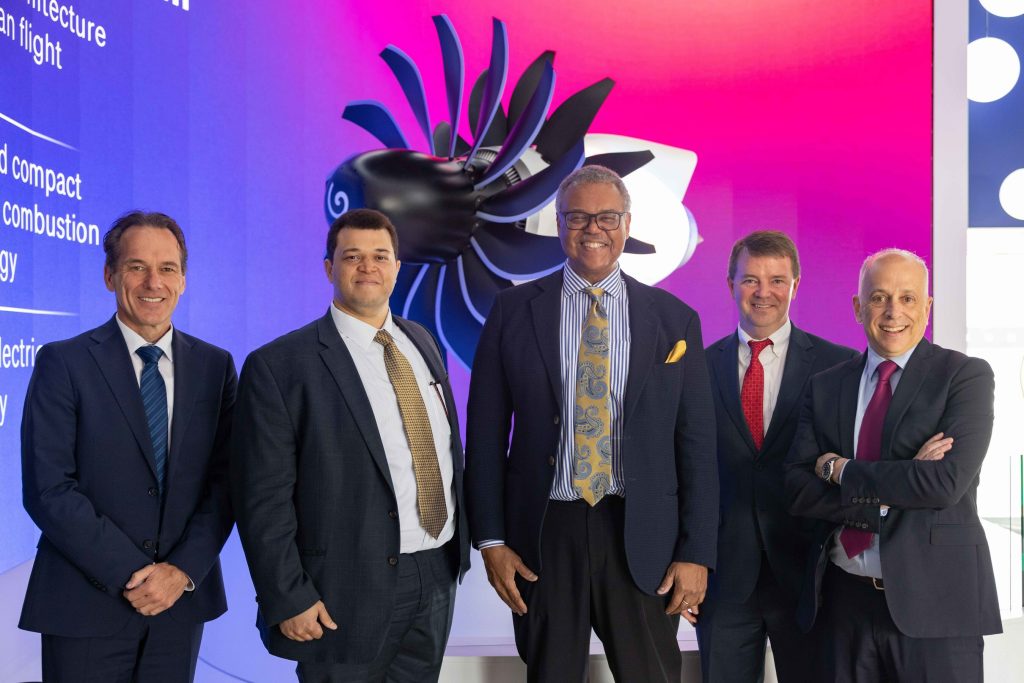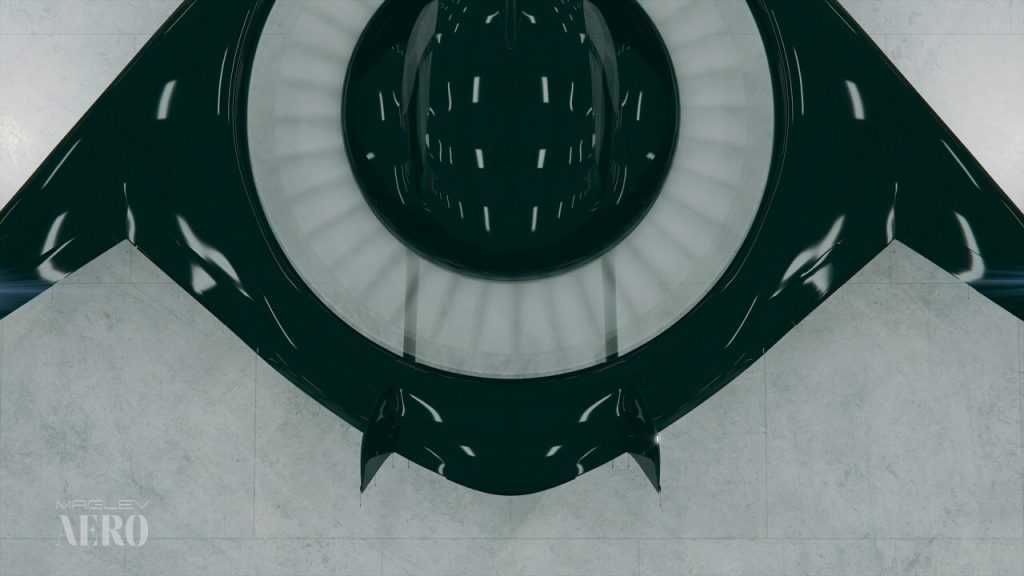Boston-based ultra-quiet vertical flight system developer MagLev Aero has selected 3D printing OEM GE Additive’s AddWorks consultancy team to provide support on additive technologies and materials. Addwork’s 3D printing expertise will be used to develop Meglev Aero’s proprietary MagLev HyperDrive aero propulsion platform for electric vertical take-off and landing (eVTOL) aircraft.
GE Additive is one of the first companies publicly announced supporting MagLev Aero. It is said that this partnership will drive the potential of additive manufacturing to unlock a new generation of eVTOL aircraft designs that achieve ultra-low noise operation.
Ensuring low-noise operation during high-altitude cruising and, most importantly, take-offs and landings is vital to achieving community acceptance from the general public and widespread accessibility.
“The MagLev HyperDrive platform represents a transformative step in vertical lift efficiency and aircraft design,” commented Rod Randall, MagLev Aero’s Co-Founder and Chairman. “By working with AddWorks’ world-class consultants and engineers, we are leveraging advanced technologies and materials to achieve optimal strength and stiffness at the lightest weight on our mission to open up ultraquiet electric air mobility to the masses.”
MaglevAero is in talks with other major OEMs to further develop their offering and has received backing from several technology investors. These include Breakthrough Energy Ventures, Material Impact, Stage 1 Ventures, Grit Capital, and Moai Capital. As of June 2023, the company has raised approximately $11.8 million USD.

MagLev Aero’s Hyperdrive system
The first generation of eVTOLs has already succeeded in the aviation industry, making Urban Air Mobility (UAM) more viable. However, the industry is yet to solve the vital, real-world challenge of take-off and landing noise.
This is where MagLev Aero’s Hyperdrive system comes in. The company claims that its technology represents the next generation of electric, ultraquiet, high-performance, and safe vertical lift propulsion necessary for accessible clean energy flights.
MagLev Aero’s Hyperdrive system consists of a large rim-driven circular rotor with a magnetic bearing supporting a many-bladed rim. The HyperDrive employs the same magnetic levitation principles used in ultrafast, ultraquiet, high-efficiency maglev trains. This maximizes efficiency and control for ultra-quiet vertical lift and high-speed cruise.
Permanent magnets in the passive electrodynamic suspension are combined with segmented motor control. This enables redundant and efficient distributed electric propulsion around the perimeter of the rim drive. Ultimately, this allows the MagLev HyperDrive to safely achieve high hover lift efficiency with lower tip speeds and blade loading, reducing noise levels during hover. MagLev claims that this surpasses the technology offered by traditional helicopters and multi-rotor eVTOLs.
According to MagLev Aero, its propulsion-first business model allows the HyperDrive platform to be integrated into different OEMs’ aircraft concepts and eVTOLs. This facilitates industrial design elements and use cases that would be impossible with traditional rotor technology.

Aviation and additive manufacturing
Aside from Maglev Aero, additive technology has been heavily leveraged in the aviation industry. Last year, industrial metal 3D printer manufacturer AddUp and French aerospace company Dassault Aviation partnered to push metal 3D printing processes from “prototyping” to “mass production” for aeronautics.
As part of Dassault’s “AEROPRINT” R&D project, AddUp is working to create a novel production system based on interoperability and process automation. The aim is to allocate the equipment whilst also ensuring the correct isolation and circulation of the two selected materials. Therefore, AddUp experts are reportedly developing a new closed enclosure that allows the powder to enter on one side while a tray of metal parts exits on the other.
Elsewhere, multinational aviation component provider GE Aviation became the first company to offer metal additive manufacturing for commercial jet engine component repairs last year. The company’s Loyang facility in Singapore became the world’s first maintenance, repair, and overhaul (MRO) facility to be approved to use 3D printing for this purpose. It is said that this will allow for quicker turnaround times whilst offering sustainability benefits.
Subscribe to the 3D Printing Industry newsletter to ensure you keep up with the latest 3D printing news. You can also follow us on Twitter, like our Facebook page, and subscribe to the 3D Printing Industry Youtube channel to access more exclusive content.
Are you interested in working in the additive manufacturing industry? Visit 3D Printing Jobs to view a selection of available roles and kickstart your career.
Featured image shows a top-down view of the MagLev HyperDrive aero propulsion platform. Photo via MagLev Aero.

